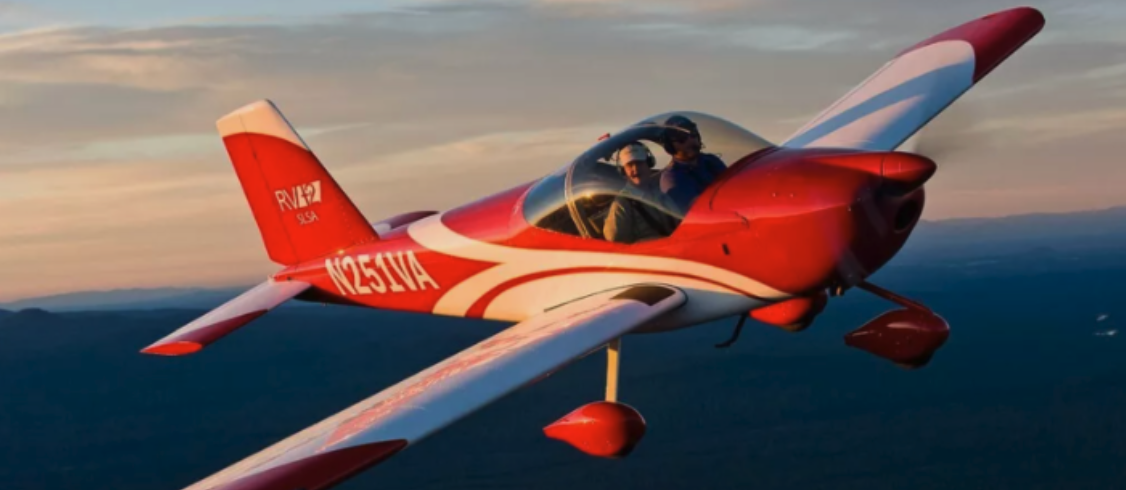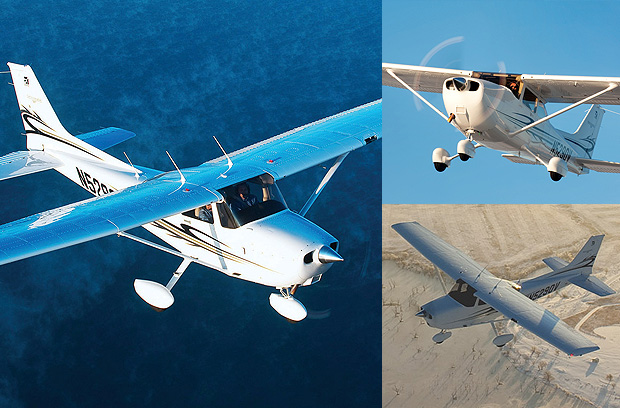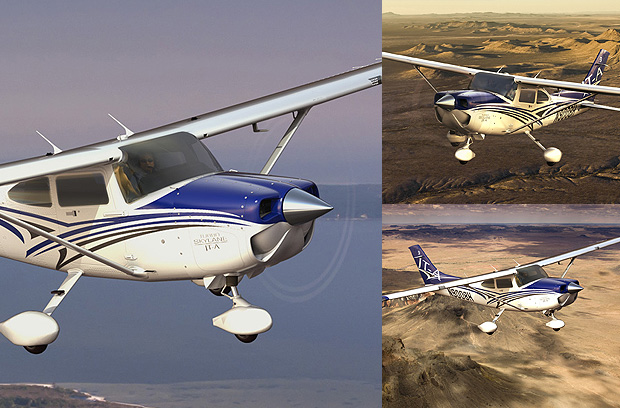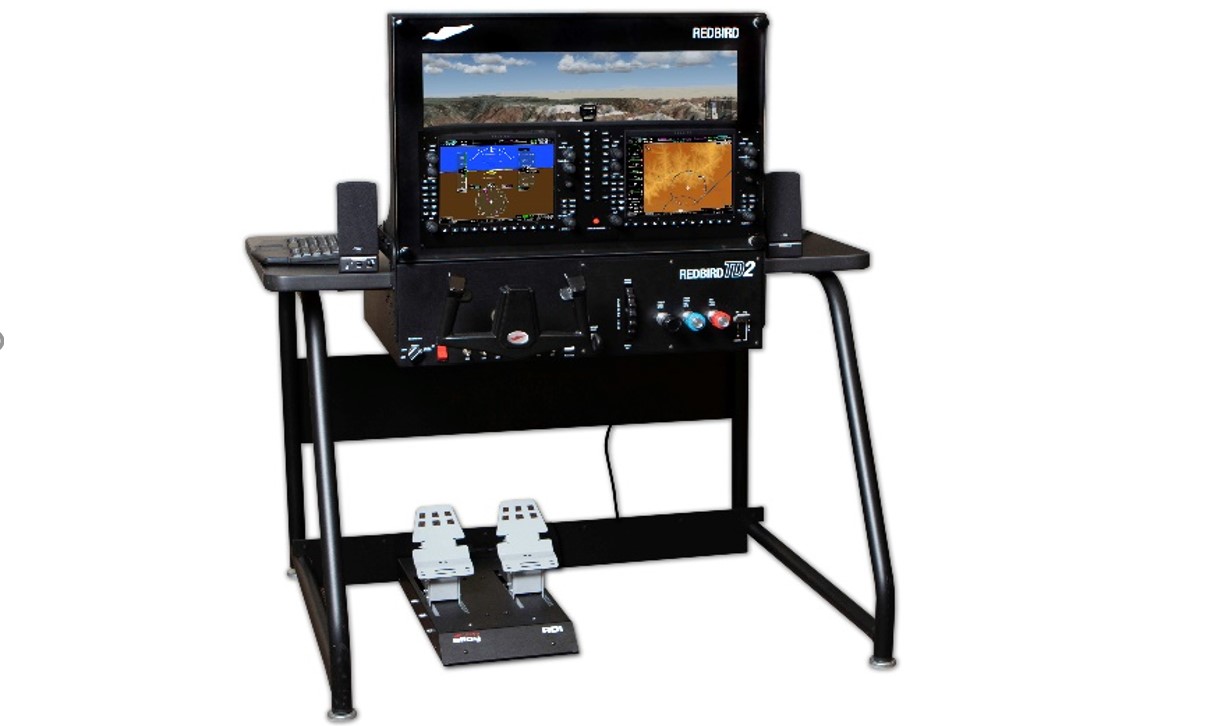Aircraft Guide
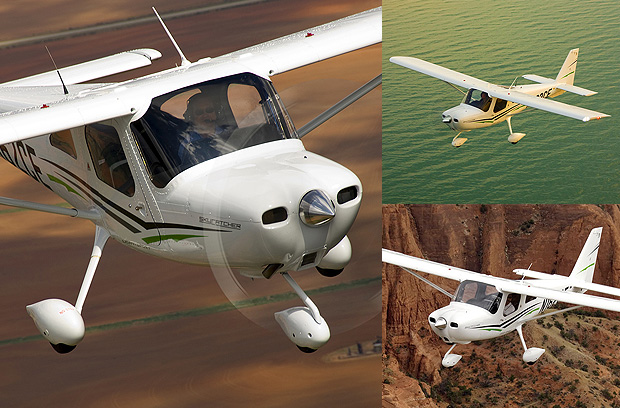
CESSNA-162 SKYCATCHER
This 2-seat aircraft has a 100 HP engine. It is a forgiving safe aircraft for training for the Sport / Private Pilot License, or Instrument Rating. And it is well suited for basic cross-country travel under ‘VFR’ (Visual Flight Rules) conditions.
The airplane features side-by-side seating. This offers several advantages over the often more dated aircraft designs with ‘tandem seating’: The Pilot and Flight Instructor can better see each other’s actions and reactions. And easier learn or teach computer settings, and also use non-verbal communications. A study by the US Air Force found side-by-side seating to be a safer, more preferable way to teach new students to learn to fly.
Airplane Features
- Seating Capacity: 2 people
- Max Luggage: 50 lbs.
- Max Fuel: 24 Gallons / 144 Lbs.
- Max Useful Load (People, Luggage, Fuel): 481 lbs
- Max Cruise Speed: 105 to 129 MPH
- Max Range / Endurance: 4 Hours w 1 Hour Reserve
- Service Ceiling: 14,625 ft.
- Takeoff Distance At Sea Level (Ground Roll): 1,138 ft.
- Takeoff Distance S.L. (To Clear 50 ft. Obstacle): 1,369 ft.
Standard Plan Service Charges, with “Dry” Aircraft ($/h):
Late Model, Garmin G3X Avionics: $152/hour
Model Year 2013 onward: $152/hour
Model Year 2011: $150/hour
A number of factors will influence the costs of your flying: 1) the model used; 2) hours of operation (longer flights will incur higher costs); 3) the cost of Fuel services; 4) Instructor Services (if you’re training,
your Instructor’s cost adds on ); 5) Complementary and Optional Services, and Training Supplies (These extras can further increase the overall costs)
Additional Details

- Modern Garmin G300/G3X Electronic Flight Displays
- Moving Map Display
- Satellite Weather Information
- Terrain Proximity Display
- On Screen Weight & Balance Calculator
- Satellite-Linked Navigation System
Lease opportunities
5Lease Demand: AA
For those who are curious: The plane price when new was $149,900 in 2014.
Similarly performing LSA planes now have a new cost of about $235K in 2025.

